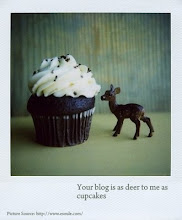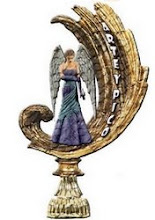
my photo
CYCLAMEN
A plant ideally suited to cooler temperatures and weaker sunlight, the cyclamen looks beautiful amongst fallen leaves.


It reminded me of when I was a child. My dad would every so often come across field mushrooms whilst out and about on his tractor, he'd pick them and bring them home for my mum to fry up. They would enjoy mushrooms on toast, but not me, I wouldn't touch them. These days I really quite like eating them, the edible variety that is!
















Potentilla (Gibsons Scarlet), a very pretty, clump forming perennial with sprawling stems. Likes a well-drained position, being quite happy to grow through cracks in paving. Keep deadheading for continuous flowering, and when the plant has exhausted itself, leave any remaining flowers to self-seed.














I wasn't surprised to see this greenbottle actually looking quite beautiful, on one of my plants the other day. Found in all kinds of habitats they are attracted, not only to flowers, but dung and carrion. Need I say more!
Enlarge the photo, this greenbottle looks like he is wearing a pair of shades. Cool or what!




I have dispensed of hollyhocks in my garden because of this very reason, rather disappointing as I really do love them for their stature and colour. This year one has made an appearance, growing through a flagstone, quite short and this little beauty has no rust to speak of. Maybe I could just reintroduce some back into my garden next year? I may well do so, and see how they do?
My dad will be pleased. I don't think he quite understands my liking for plants which only possess the most perfect leaves!

After signing up for a blogger account and the template chosen, I proceeded to upload a photo of American Land Cress which was to become my first post. I can't say I found it very easy, navigating around blogger was proving quite tricky, and it took me a while to master its tempermental ways regarding placing pictures and text. Eventually after several attempts the publish button was pressed.
I wasn't completely green to the world of blogging and realised that there were thousands, if not millions of blogs out there. Would anyone find me, and would anyone be interested enough to leave a comment? Five posts later, on 16 August I received my first comment, from Judith who blogs at Everything in the Garden's Rosy. She had seen my mention of Eden and that was what made her decide to leave a comment, which proves how important the words you use in your post can be.
Writing this blog has opened up my world to many new experiences, three in particular. Having worked with other's words for many years, I am now working on my own, on a subject I am passionate about. Three cameras later, my photography has developed, working on a particular style of my own and a few million others! Finally, let's not forget the most important of all, the friendship I have gained from all over the world.
I do hope you feel you can look in to my blog for many more posts to come, and thanks to everyone for your comments, which I very much appreciate and so enjoy reading.
Louise x
PS: The leaf in the photo above belongs to a yellow achillea.
.jpg)





Well worth a visit if you find yourself in the Arundel/Chichester area of West Sussex.





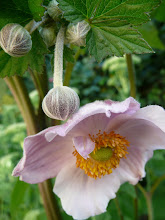

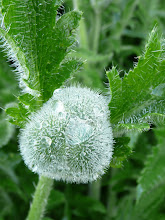





























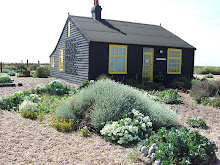
















|
I am a |








